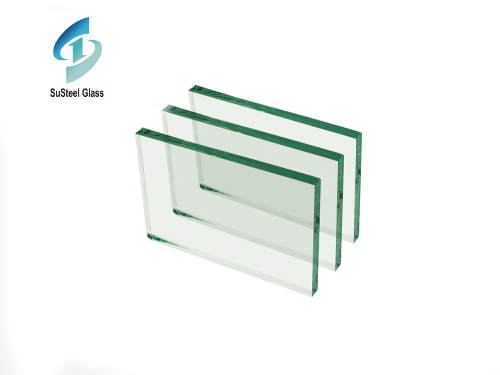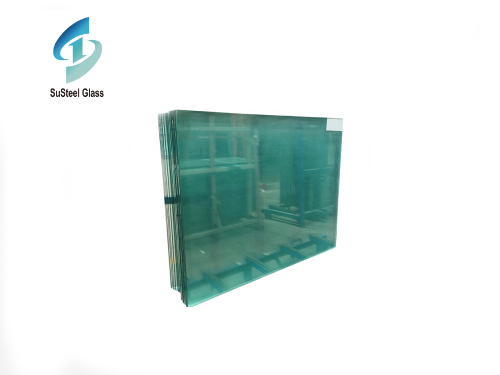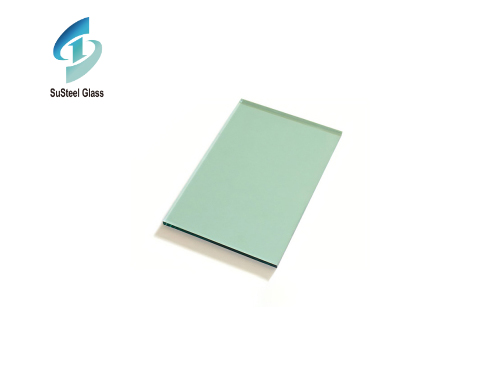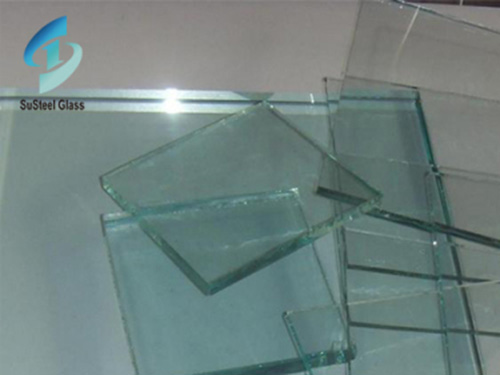
There are many energy-saving factors affecting glass windows & doors, among which the structure of glass doors and windows and the material of the glass itself are the two main factors. There are many types of glass windows & doors in the construction market now. However, when we decorate our homes, we need to judge from the structure and material of the glass doors and windows, in order to choose the glass doors and windows that are suitable for ourselves and energy-saving.
Glass in glass windows & doors accounts for most of the area of different types of windows. The large area of window heat dissipation is glass, not window frame. The larger the window area, the less energy saving. The commonly used window types in buildings are generally divided into sliding windows, flat Open and fixed windows. Sliding windows and other window types are structurally determined that they are not ideal energy-saving windows. Structurally speaking, the energy saving of glass windows & doors, the energy saving of casement windows has obvious advantages over sliding windows. The fixed glass window frame is that the glass is directly installed on the window frame, and then the gap between the glass and the window frame is sealed with glass sealant, and then the fixed window frame is installed in the wall with a good size. Under normal circumstances, it is difficult for air to form convection through the sealant, and it can also reduce the flow of convective heat because it has good water tightness and air tightness.
When decorating glass windows & doors, we should understand the material, performance, use and so on of some energy-saving glass. High-tech glass can be used to save energy. In addition to doors and Windows, there is the choice of glass material, such as the visible light transmittance of glass material, heat transfer coefficient, shading coefficient, etc., has a great impact on indoor thermal environment and energy consumption of heating and air conditioning.
Now, the commonly used energy-saving glass materials mainly have film glass, insulating glass, thermal reflection glass with film. For example, the film glass is mainly solar thermal reflection glass its heat transfer coefficient is low, and low radiation glass its reflection rate is low, and multifunctional coated glass shading coefficient is strong, these glasses can achieve energy-saving performance.
 High Purity Tin Ingot: Essential Uses and Key Advantages
High Purity Tin Ingot: Essential Uses and Key Advantages
 Burglar-Resistant Glass: Enhancing Security and Peace of Mind
Burglar-Resistant Glass: Enhancing Security and Peace of Mind
 Exploring the World of Green Tinted Glass Products: Versatility and Sustainability
Exploring the World of Green Tinted Glass Products: Versatility and Sustainability


